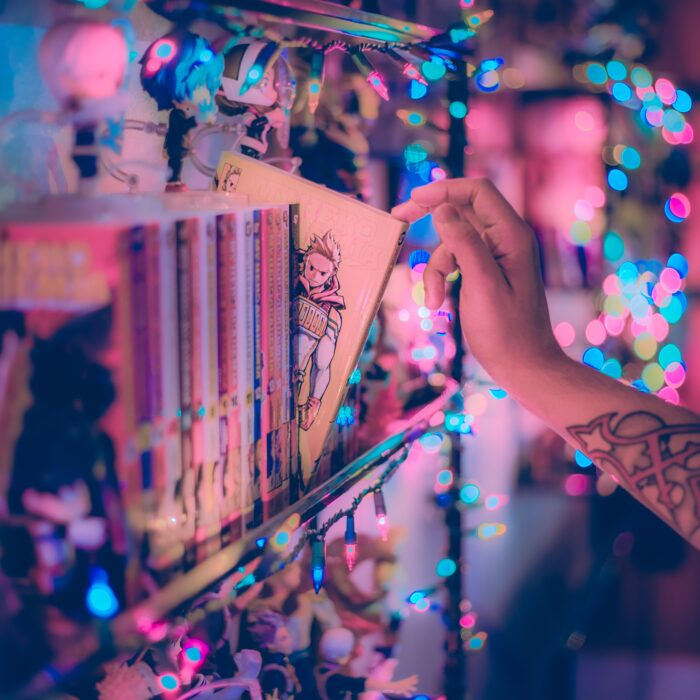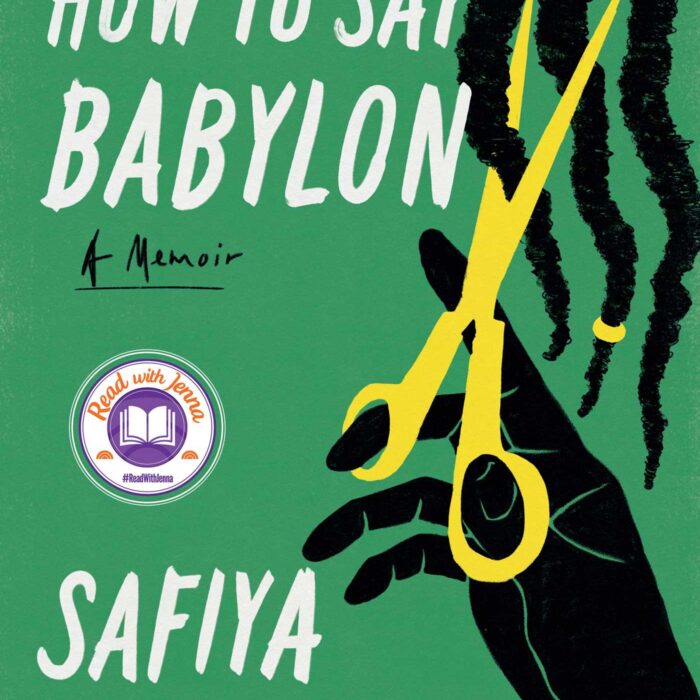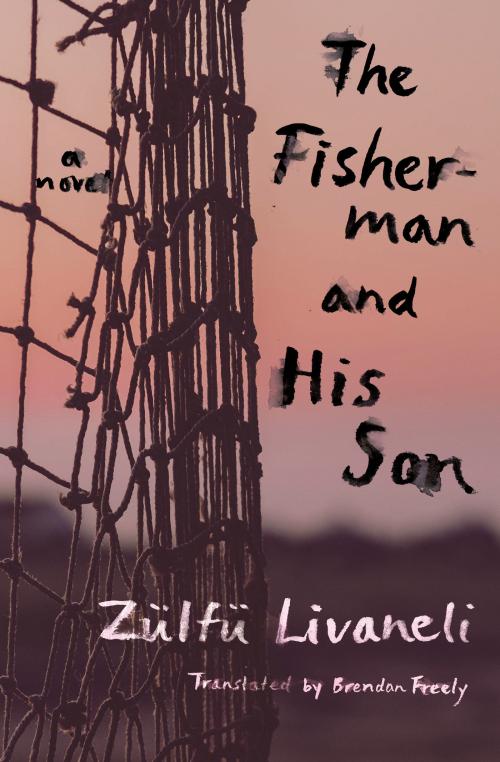You have no items in your cart. Want to get some nice things?
Go shoppingCross-dressing, blood-sucking, inter-species flirtation and a touch of necrophilia. The novelist Rosie Garland picks her top ten weirdest relationships in literature. Her debut novel, The Palace of Curiosities, is published by HarperCollins in March 2013.

Whether the gods are spreading eagle wings and carrying off pretty young men, or showering virgins with golden seed, strange relationships have been central to all religions and cultures.
I was suckled on fairytales. As a child, when opportunities seemed much more fluid, the idea of marrying a mermaid or a lion seemed entirely reasonable. Admittedly, many of the tales reassert the “normal”; Goldilocks rejects the bed-hopping antics of the Three Bears; Snow White is rescued from the polyamorous possibilities of Seven Dwarves by a faceless charming prince. I preferred Beauty and the Beast, where Beauty stuck by her monster to the happy ending.
The edge of things has always interested me more than the soft, squishy centre, whether that’s apple pie or politics. I’ve always written about outsiders, whoever they might be. I’m inspired by characters who won’t (or can’t) squeeze into the one-size-fits-all templates they have been provided with, and the friction that occurs when they try.

So it’s not surprising, I suppose, that my debut novel, The Palace of Curiosities (out March 2013), is set in a Victorian sideshow. It is told through the eyes of Eve, a woman completely covered in hair, and interwoven with the story of Abel, a man who heals from any wound. Both of them are freaks of nature, and both are searching for escape. The novel explores life on the fringes of society, what it means to be different, and traces their struggle for self-discovery on the boundaries of what is perceived as human.
So, being asked to choose the top ten weird relationships in literature is a tough call. Why not Gregor Samsa, transformed into a beetle in Kafka’s “Metamorphosis”? Ahab and the white whale? All seven of Mr Wroe’s Virgins?
Here are my picks, in no particular order of strangeness…
1. Shakespeare – Twelfth Night

Who better than the Bard to open the proceedings? Strange relationships abound in his plays, from Titus Andronicus’ gore-fest to Titania’s infatuation with Bottom. In Twelfth Night, he plays with gender confusion in his most flirtatious manner. Viola dresses as a man, Cesario, and falls in love with Orsino, who is in love with Viola — but he rather likes the look of Cesario too. Olivia also falls in love with Cesario. Confused? Add this twist: A man acts the part of a woman who is impersonating a man. She (or he) loves a man who is in love with a woman. Who is actually a man. Your head may explode now.
2. Marquis de Sade – The 120 Days of Sodom

Vestigial plot, layer upon cumulative layer of sexual activity, each one impossibly more extreme than the one preceding it: are these the near-unreadable masturbatory fantasies of an Aristo who spent much of his adult life in prison, or nascent radical sexual philosophy? The jury is most definitely out. The Noes are led, unsurprisingly, by Andrea Dworkin who saw in him the archetypal violent misogynist. However, the Ayes have some heavyweights on their team, including Simone de Beauvoir who thought him a forefather of modern Existentialism, and Angela Carter (see No. 10), who described him as a “moral pornographer”.
3. Bram Stoker – Dracula

The grand-daddy of them all. Not so much for the long-undead Count’s blood-sucking consummation with Lucy, nor the homoerotic frisson between him and Jonathan Harker in the opening chapter, nor even the luxuriant eroticism of Harker’s seduction by Dracula’s three wives. The strangest scene is that between Dracula and Mina Harker. Dracula gashes a wound in his own chest and forces Mina to suck at the bloody slit, like a “child forcing a kitten’s nose into a saucer of milk”. Say what? Repressed Victorian sexuality at its finest and weirdest.
4. Edgar Allen Poe – “Berenice”, “Ligeia” and “Morella”

You wait ages for a story dealing with sex and grave-robbing, then three come along at once. Each of these short tales features a narrator with a far from healthy interest in the physical remains of their recently-deceased lovers. “Berenice” shimmers with fetishistic descriptions of her teeth, freshly yanked from the cadaver; the narrator of “Ligeia” attempts (ahem) “resuscitation” of her corpse; “Morella” is a twisted narrative of “mistaking” one’s daughter for her dead mother. All dished up with voluptuous description of death and disease. Something for all the family!
5. Daphne du Maurier – Rebecca

It’s a relief to turn to safe romantic fiction. Or is it? Well-known for its opening line and unnamed narrator. Known only as the Second Mrs. de Winter, she is prim, naïve and even after she hooks the dashing Max, there’s no sense that much sex takes place. So far, so boring. However, when it comes to Rebecca it is clear that there was a great deal of sex, and none of it wholesome, vanilla or in any way missionary. A mistresspiece of anti-feminism, the novel charts the downfall of a woman who is prepared to perjure herself to hang onto her man. Her reward is a wife-murderer for a husband.
6. Ursula le Guin – The Left Hand of Darkness

Classic is a much overused word, but I’ll brave it in this case. A human, Genly Ai, visits Winter: a planet whose citizens are neuter, adopting sexual identities and having sex only once a month. Genly is called “the Pervert” for being male all the time and becomes drawn into labyrinthine diplomatic struggles. When he develops a relationship with Estraven, a native of Winter, he learns much about life free of binaries or dualities.
7. Chuck Palahniuk – Fight Club

A rare example of a great novel with an equally fantastic film adaptation — in fact it’s hard to read it without seeing Pitt, Norton and Bonham-Carter. Partly an elegy for masculinity in crisis, it has one of the strangest relationships in fiction. Not the Narrator and his girlfriend Marla, but the Narrator and Tyler Durden. The novel has a far greater homoerotic frisson than the movie (e.g. they meet on a nudist beach). The two men might not have sex of the missionary variety, but theirs is one of the most intensely physical relationships in fiction, and certainly the most bizarre.
8. Alan Moore – Watchmen

In Moore’s tour-de-force, superpowered Doc Manhattan is so far removed from humanity that he loses all interest in whether it lives or dies. He leaves for Mars, leading an emotionally detached existence, unconcerned by the ants wriggling on the surface of the blue planet next door. It’s only his unlikely relationship with the very human Laurie Juspeczyk (Silk Spectre) that enables him to reconnect with the miracle that is flawed humanity. And thereby saves the world. Hurrah!
9. Gene Roddenberry – Star Trek

Did they or didn’t they? Roddenberry broke sixties’ conventions with a bridge crew featuring white, black, asian and alien. He made no secret of wanting to throw gay characters into the mix (nixed by the studios). One theory is that he hid them in plain sight as Kirk/Spock — whom he compared to Alexander and Hephaiston — the pairing which sparked the whole subset of “slash” fiction. In this novel, he created the word t’hy’la (meaning friend/brother/lover) purely so Spock could use it when referring to Kirk. And don’t get me started on the famous “this simple feeling” scene. “Chums” don’t hold hands like that. Trust me.
10. Angela Carter – The Bloody Chamber

In my voracious childhood reading of fairy tales I took a particular dislike to Hans Christian Andersen and his angst-ridden tragedies where Match Girls die of hypothermia and Little Mermaids never get their prince because they have icky tails. The short stories in The Bloody Chamber knock that melodramatic misery into a cocked witch’s hat. Bursting with strong female protagonists, an assertive Red Riding Hood wakes the morning after “between the paws of the tender wolf”, and in “The Courtship of Mr Lyon”, the heroine transforms herself into a tiger in a delightful reversal of the traditional tale.

Rosie Garland
Born in London to a runaway teenager, Rosie has always been a cuckoo in the nest. She is an eclectic writer and performer, ranging from singing in Goth band The March Violets through touring with the Subversive Stitch exhibition in the 90s, to her current incarnation as Rosie Lugosi the Vampire Queen, cabaret chanteuse, incomparable compere and electrifying poet. She has published five solo collections of poetry and her award-winning short stories, poems and essays have been widely anthologized. Most recently she won the inaugural Mslexia Novel Competition and her debut novel The Palace of Curiosities (HarperCollins) is due in March 2013.





@dtanla hehehe http://t.co/To4sZowC happy v day!
I’m enjoying Rosie Garland’s Top 10 weirdest relationships in literature in @LitroMagazine http://t.co/SQsz6sEq
Much appreciated!
So good this: RT@text_publishing: The top 10 weirdest relationships in literature http://t.co/ihcDD7qnD6 #fridayfrivolity
Thank you for that!